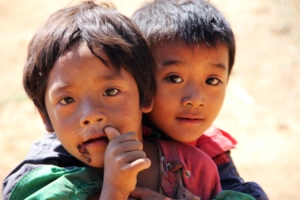 Myanmar, previously known as Burma, is located in Southeast Asia, neighboring countries such as Thailand and Laos. Unfortunately, poverty in Myanmar has risen in recent years. As of 2017, roughly 25% of adults live in poverty. Additionally, The United Nations Children’s Fund (UNICEF) reports that more than 50% of children are impoverished. Due to the rising poverty rate, many adults are unable to support children. They must give them up for adoption or abandon them, creating a large influx of orphans needing shelter. The Myanmar Times reports that in 2018, there were 280 orphanages in Myanmar, many of which had to be newly established, and an estimated 36,000 orphans. That number continues to grow.
Myanmar, previously known as Burma, is located in Southeast Asia, neighboring countries such as Thailand and Laos. Unfortunately, poverty in Myanmar has risen in recent years. As of 2017, roughly 25% of adults live in poverty. Additionally, The United Nations Children’s Fund (UNICEF) reports that more than 50% of children are impoverished. Due to the rising poverty rate, many adults are unable to support children. They must give them up for adoption or abandon them, creating a large influx of orphans needing shelter. The Myanmar Times reports that in 2018, there were 280 orphanages in Myanmar, many of which had to be newly established, and an estimated 36,000 orphans. That number continues to grow.
Inspiration for Standing With Orphans
Thomas Whitley of Mooresville, Indiana created The Standing With Orphans Foundation in 2012. Whitley explains that his inspiration for starting the project began when he adopted his daughter from China in 2007. He told The Borgen Project that this was his “first insight into orphanages.” Later, a friend of Whitley’s took him to his village in Myanmar to see the orphanages’ conditions there as well. Afterward, his commitment to founding Standing With Orphans was further solidified, and several years later, it came to fruition.
How Standing With Orphans Operates
Food in Myanmar is scarce and often expensive due to natural disasters and trouble with the current economy. Therefore, Standing With Orphans’ main goal is to bring bags of rice and livestock, such as chickens and pigs, to the orphanages. Whitely explained to The Borgen Project that he acquires funds through The Morgan County Community Foundation via the Standing With Orphans website. He withdraws from their allocated funds three times a year and sends it to the orphanages.
The money the organization supplies will typically buy 1,500 to 2,000 pounds of rice. The rice provided through Standing With Orphans allows orphanages in Myanmar to keep the children and workers well-fed. Along with supplying rice, in the past 2 years, Whitely has sent extra funds for buying chickens and pigs. Not only does this livestock give the orphanages a wider variety of food, but Whitley also pointed out that some orphanages have been breeding their pigs and selling them and their piglets as a source of income.
Whitley has also helped to fund solar power equipment installation, pay for school fees, and build two orphanages. While he is more than happy to contribute to various other projects such as these, he reiterated that “feeding the kids will always be the goal.” With around 50% of children living in rural, poor areas of Myanmar dying due to malnutrition in 2017, supplying food is rightly the top-priority for the foundation.
Progress and Plans for the Future
When Whitley first started working in Myanmar, he worked with only 1 orphanage. Today, he helps bring food and livestock to 14 orphanages. Whitely continues to donate and is hopeful to take another trip back to Myanmar this fall to personally deliver rice and livestock to the orphanages. While he is there, he also wants to do what he can to help with any projects they might have. Through his dedication and the donations from Standing With Orphans, Thomas Whitley and his family have greatly helped children in need. The orphanages in Myanmar that he supports were in poor condition, but now they can properly care for hundreds of children.
– Olivia Eaker
Photo: Pixabay
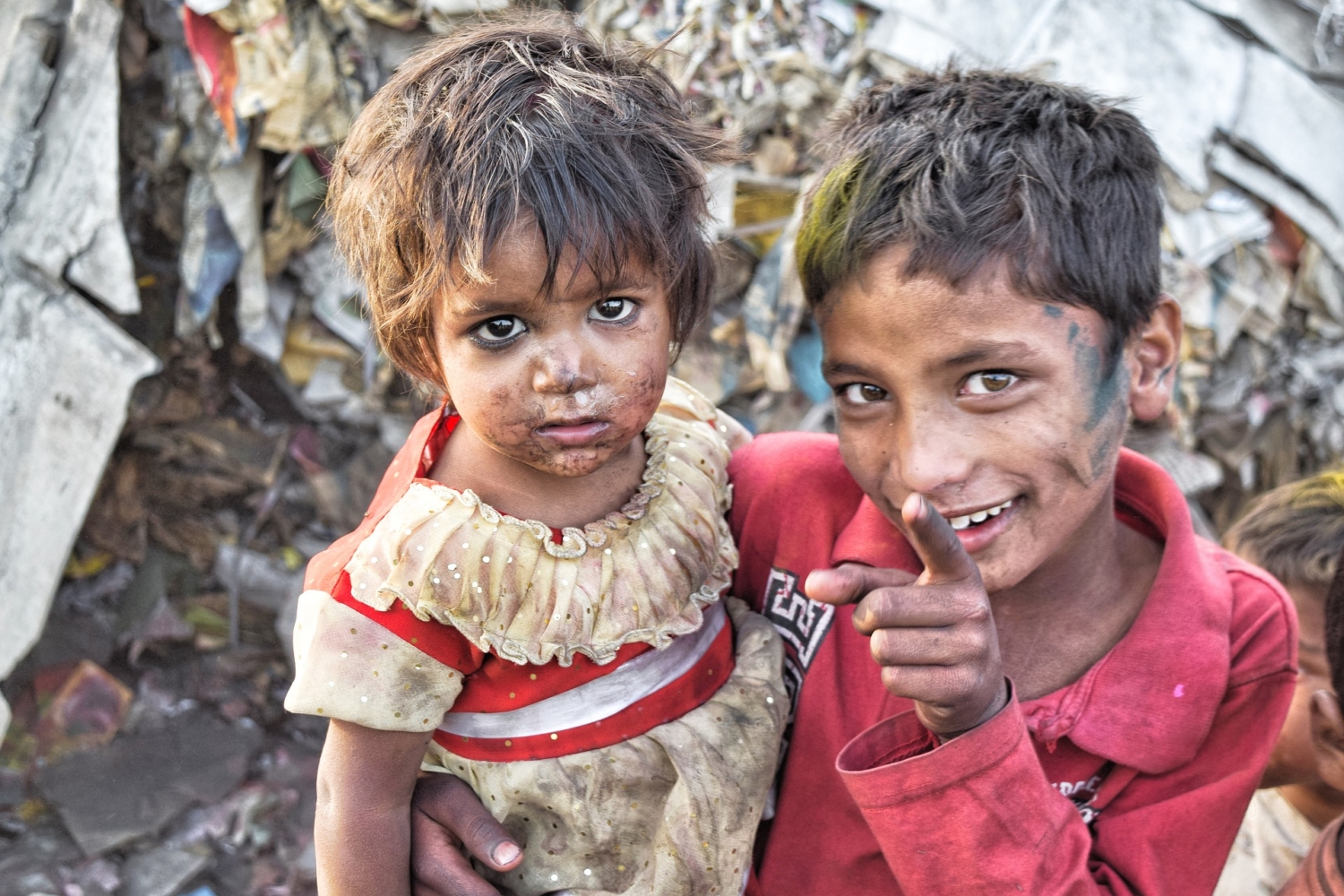 Extreme poverty affects people all over the world in many different ways. Some countries experience endemic poverty where it is incredibly hard for their citizens to overcome their circumstances and break the cycle of poverty. On the other hand, some countries have been able to reduce their poverty rates due to economic growth, development and investment. However, regardless of these differences, many countries align on how extreme poverty affects different age groups.
Extreme poverty affects people all over the world in many different ways. Some countries experience endemic poverty where it is incredibly hard for their citizens to overcome their circumstances and break the cycle of poverty. On the other hand, some countries have been able to reduce their poverty rates due to economic growth, development and investment. However, regardless of these differences, many countries align on how extreme poverty affects different age groups.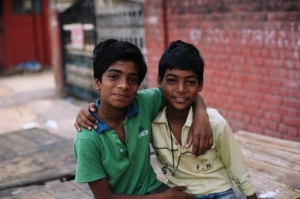 Poverty among children is at a considerably higher rate than that of adults. Around the world, an estimated 660 million
Poverty among children is at a considerably higher rate than that of adults. Around the world, an estimated 660 million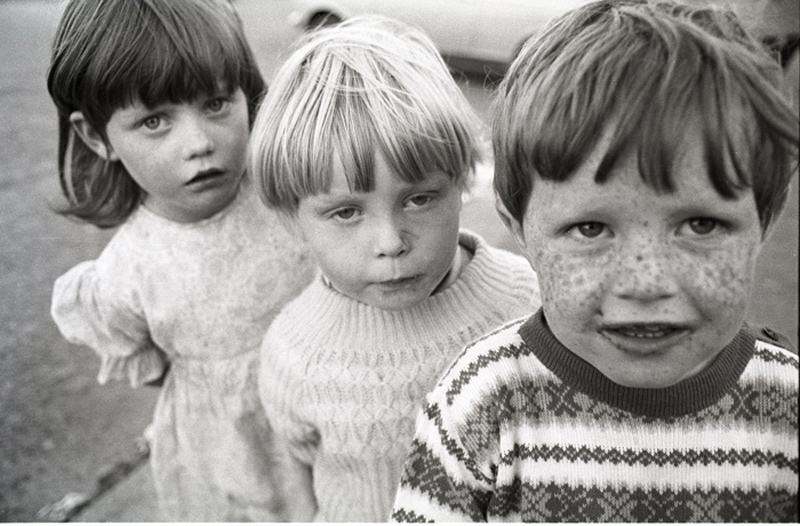 Economic hardship is an all too real and frequent issue across the world. It has been known to create harmful factors such as corrupt governments, homelessness, hunger, limited to non-existent access to healthcare and an overall lower standard of living. However, as negative as these factors can be for those affected by poverty in general, it is especially detrimental toward children. The plight of Ireland’s impoverished children serves as one such case in which rampant economic penury has served as a severe detriment to their overall quality of life.
Economic hardship is an all too real and frequent issue across the world. It has been known to create harmful factors such as corrupt governments, homelessness, hunger, limited to non-existent access to healthcare and an overall lower standard of living. However, as negative as these factors can be for those affected by poverty in general, it is especially detrimental toward children. The plight of Ireland’s impoverished children serves as one such case in which rampant economic penury has served as a severe detriment to their overall quality of life.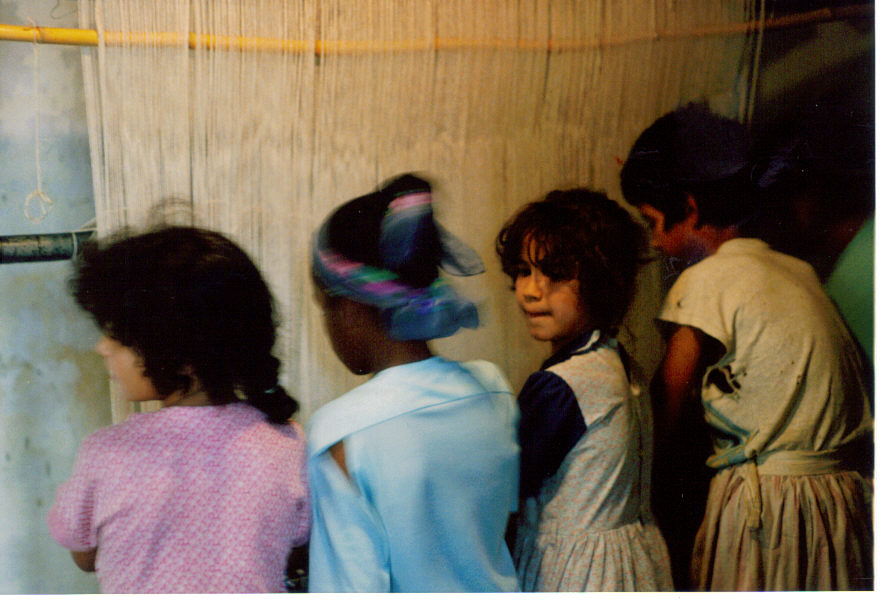
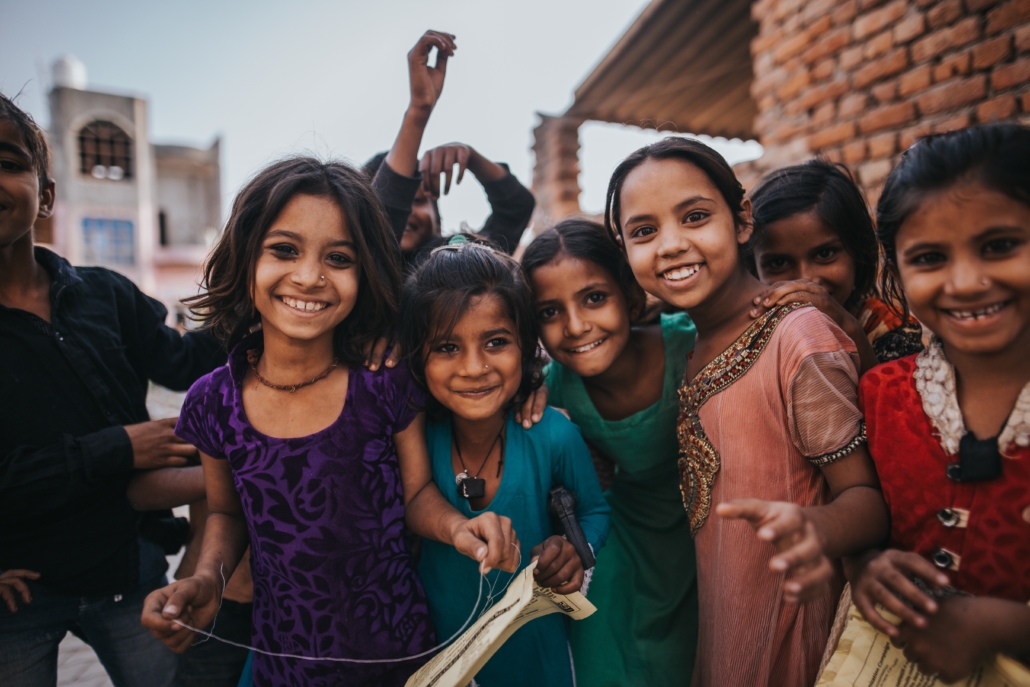
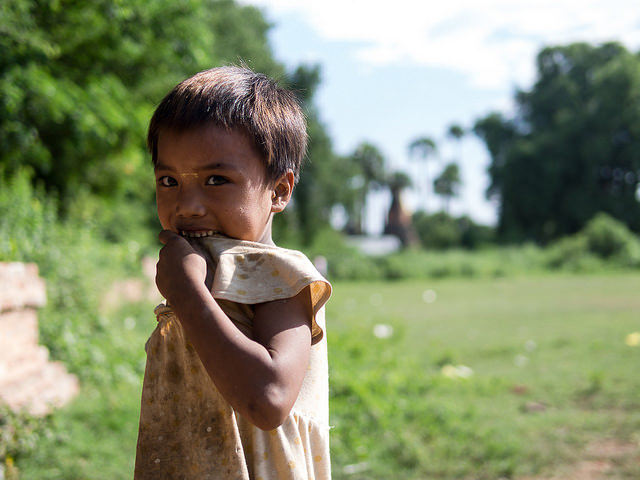 Children account for
Children account for 
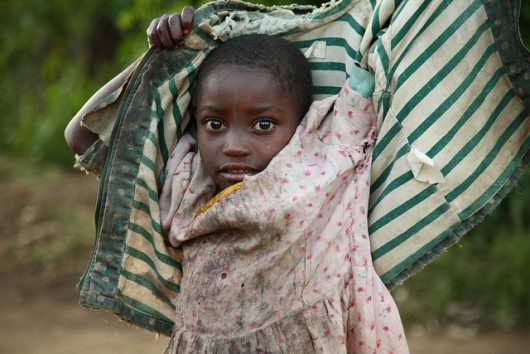 Children are the world’s future. This phrase is often uttered, yet across the globe it is rarely enforced. Children in extreme poverty are affected differently than adults. Between inadequate nutrition, exposure to stress and a lack of early stimulation and learning, the disadvantages of growing up in poverty last a lifetime.
Children are the world’s future. This phrase is often uttered, yet across the globe it is rarely enforced. Children in extreme poverty are affected differently than adults. Between inadequate nutrition, exposure to stress and a lack of early stimulation and learning, the disadvantages of growing up in poverty last a lifetime.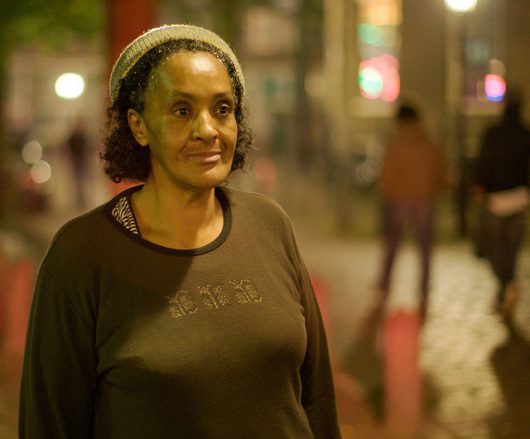 The
The 